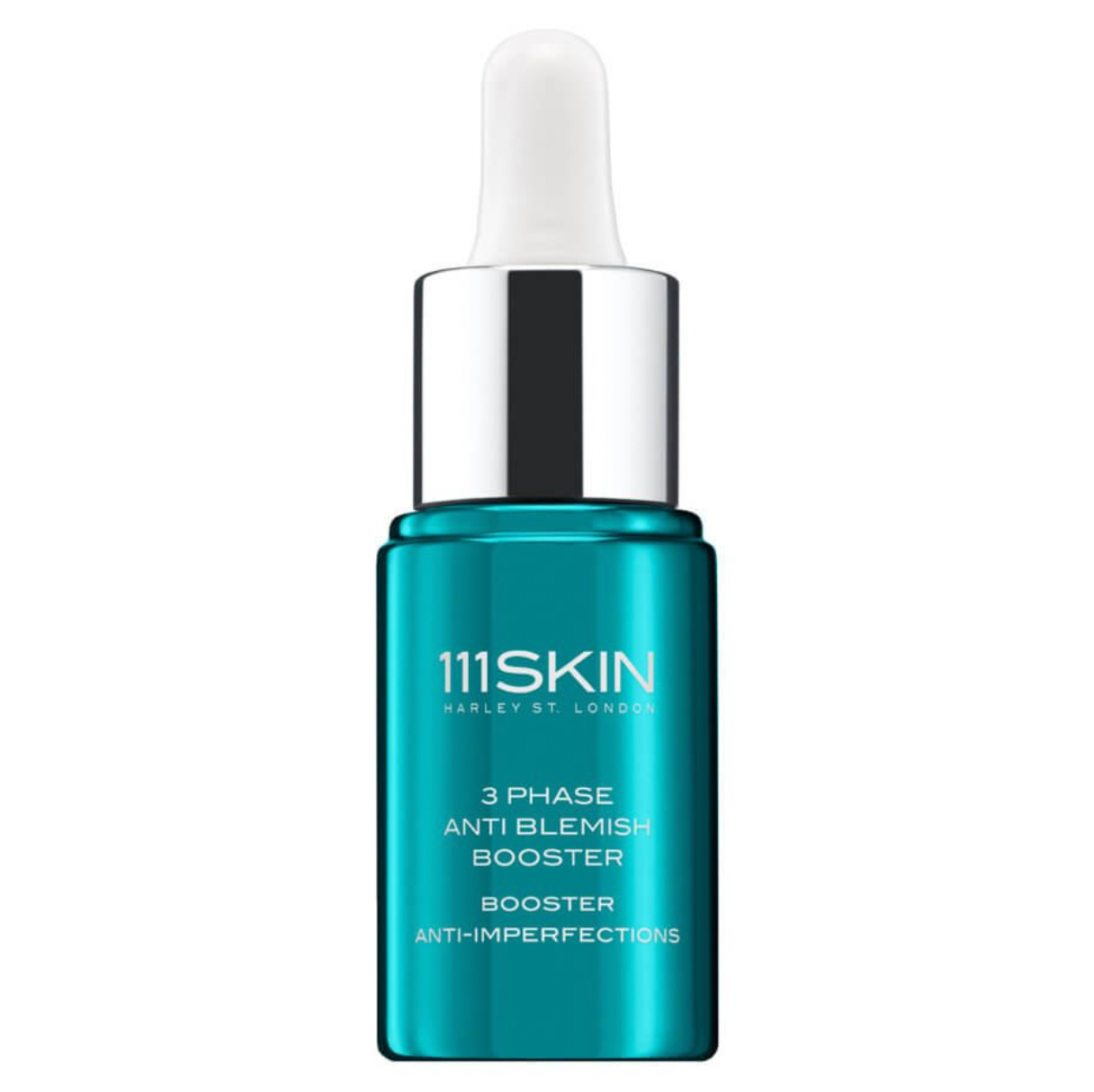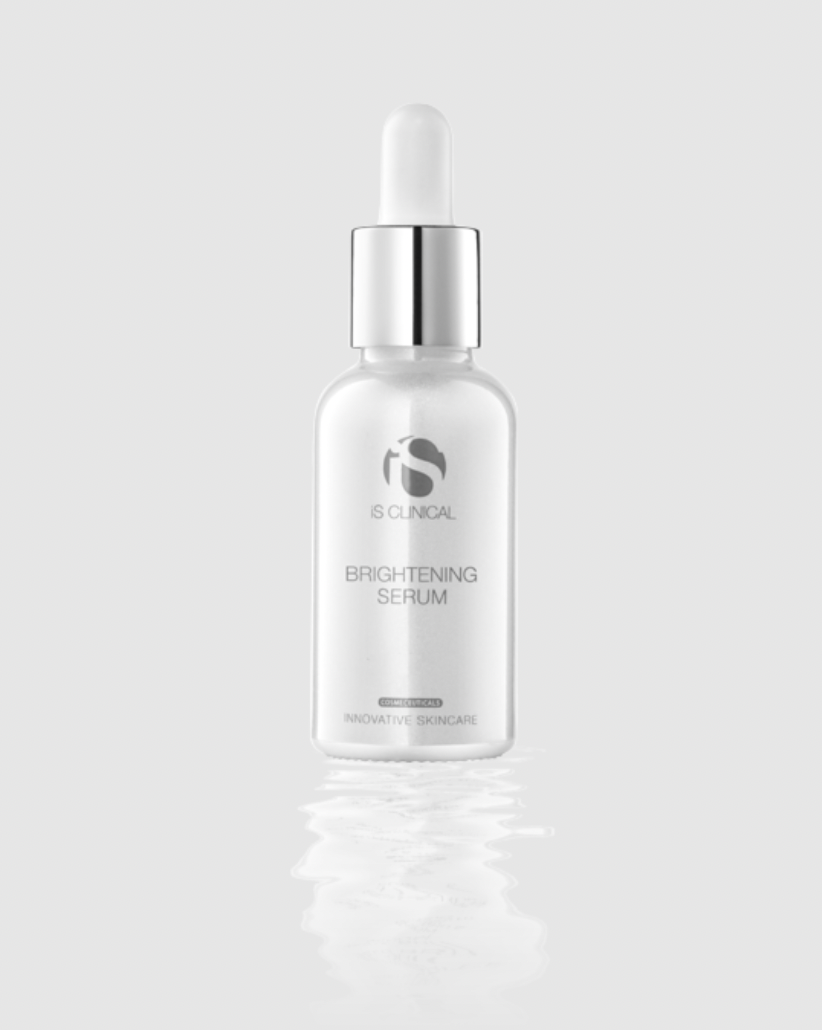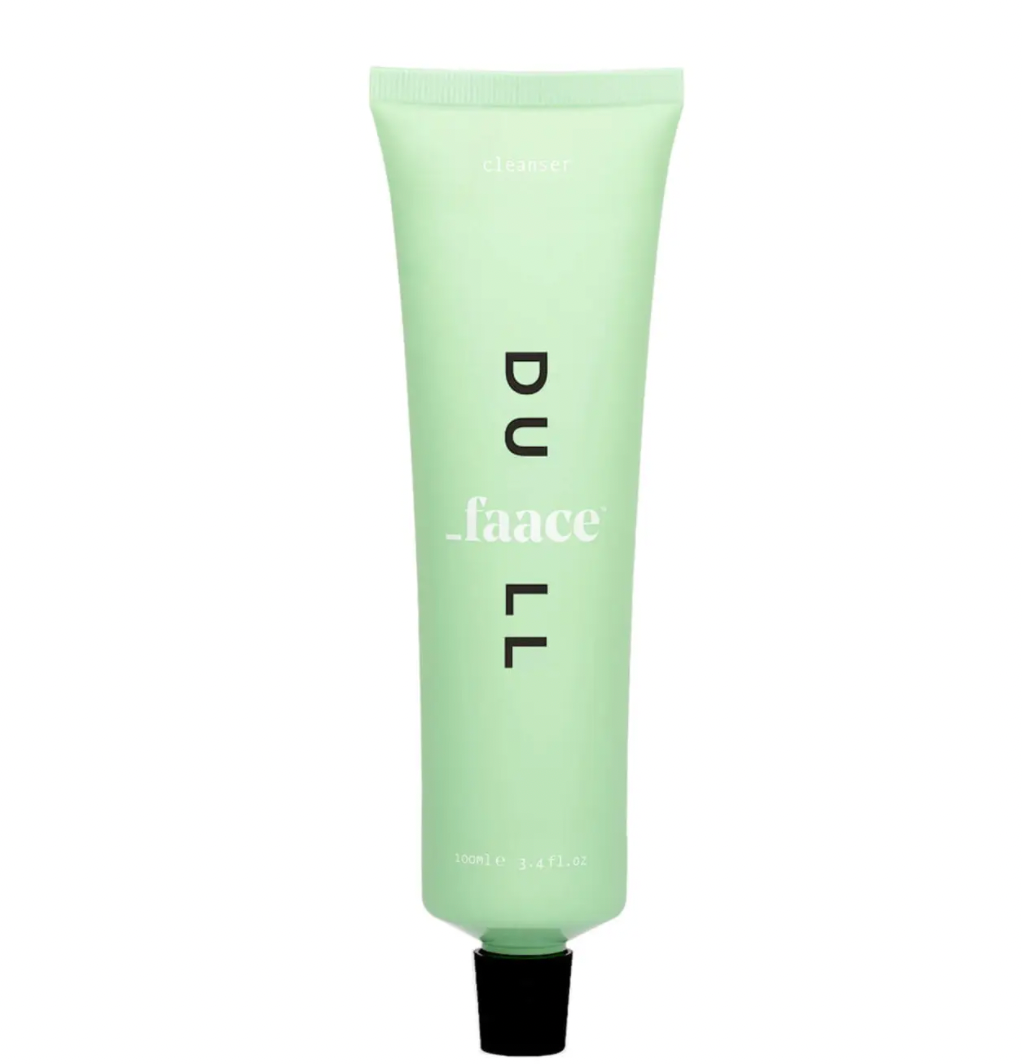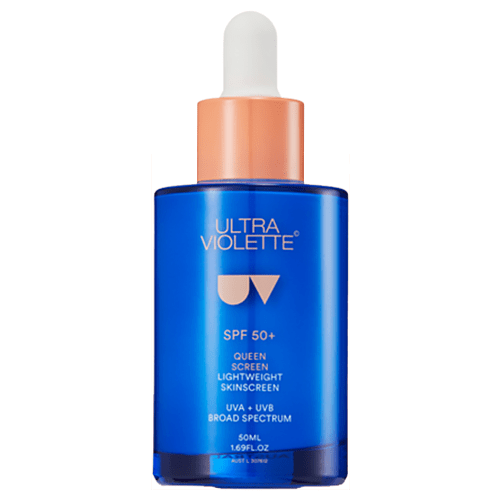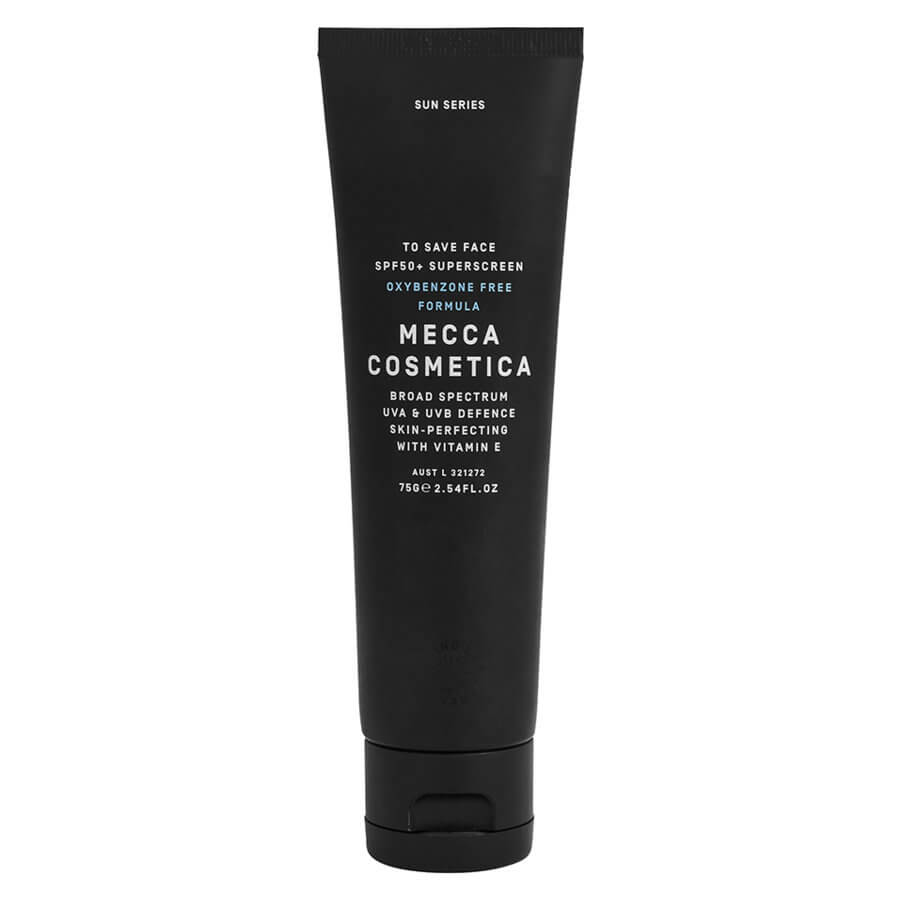Kojic Acid Is The Glowy Skin Ingredient Rivalling Vitamin C
Photographed by MYESHA EVON GARDNER
At Refinery29 Australia, we’re here to help you navigate this overwhelming world of stuff. All of our picks are independently selected and curated by the editorial team, but we may earn commission or other compensation from the links on this page.
As great skincare becomes more accessible and affordable, you'd be forgiven for wanting to try everything. From retinol to antioxidants, there are hundreds of buzzy ingredients out there but it's skincare acids that dermatologists and skinfluencers seem to hype up the most.
Whether you're skincare obsessed or not, chances are you've googled the benefits of either glycolic acid (great for making skin glow) or salicylic acid (a must for acne-prone skin). You'll also know that they're just the tip of the iceberg when it comes to achieving clearer, smoother skin, and that there are countless acid ingredients to choose from. Right now, one in particular is taking over and though it's very different from the above, it could be highly beneficial for your skincare routine. That'll be kojic acid.
AdvertisementADVERTISEMENT
What is kojic acid and what are the skincare benefits?
Dr Parisha Acharya, Waterhouse Young's aesthetic doctor, explains that skincare acids generally originate from foodstuffs (for example, mandelic acid is from almonds and glycolic acid is from sugarcane). Kojic acid is similar. "Kojic acid is derived from fungi AKA mushrooms," she says, and it isn't to be underestimated.
"Kojic acid's action on the skin is to help brighten and improve skin tone," Dr Acharya explains. It's slightly different from other exfoliating acids like lactic, glycolic and salicylic acids, which remove dead skin cells and unclog pores. Our skin produces melanin (which gives skin its colour) but we can often overproduce it, causing things like pigmentation and dark spots. "Kojic acid reduces disorganised melanin production by preventing the action of an enzyme called tyrosinase," says Dr Acharya. Put simply, it helps skin appear even.
"There are multiple other benefits of this acid," adds Dr Acharya. "For example, it reduces the appearance of discolouration and pigmentation such as melasma or age spots, as well as minimising the appearance of scars."
Dr Acharya says that kojic acid also acts as an antioxidant, an ingredient that protects the skin against the environment. "Kojic acid has antibacterial and anti-inflammatory properties," she adds, "which makes it great for those that have blemishes." It's particularly popular among those with darker skin, who may experience red or brown skin staining left behind by spots. This can be difficult to fade but kojic acid is very useful.
AdvertisementADVERTISEMENT
How do you use kojic acid in skincare?
As with all buzzy skincare ingredients, the products you choose matter. Dr Acharya says that kojic acid works particularly well in skincare products such as cleansers (better for sensitive skin types as they're on the skin for a short amount of time and can be rinsed away) and serums (which are more potent). "It is a great product for improving skin tone and at the right strength can be used on a daily basis," says Dr Acharya. You can use kojic acid in both the morning and the evening.
What are the best skincare products with kojic acid?
If you're a kojic acid beginner, start slowly. Twice a week is ample at first and you can soon build up use. Try using a cleanser first, which generally has a gentle amount of kojic acid, alongside moisturising ingredients like glycerin and hyaluronic acid. Then you can graduate to a skincare serum or moisturiser containing kojic acid.
Before using any of these products, Dr Acharya suggests assessing your skin. "You need to avoid using kojic acid while skin is broken or injured," she says, as it could cause irritation.
Are there any side effects of using kojic acid?
As with all skincare ingredients, there may be some side effects while using kojic acid. "The most common side effect is irritation and dermatitis (itchy, dry skin) and if this occurs while you are using the ingredient, it is best to stop using it," says Dr Acharya. "I also recommend avoiding using kojic acid on active acne or damaged skin until healing has started," she says. "It should also be avoided in pregnancy and nursing, as with most active ingredients."
AdvertisementADVERTISEMENT
Lastly, as kojic acid inhibits excess melanin, it's a great idea to use it alongside sunscreen to prevent dark spots or pigmentation from deepening. "SPF should be an absolute no-brainer in our skincare regime," says Dr Acharya, "however it is especially important with kojic acid, as there is a risk of sunburn and skin sensitivity. You should always apply a high-quality SPF when using a product containing this ingredient."
For some A-grade sunscreens that double down as great bases for makeup, try Mecca's To Save Face SPF 50+ or Ultra Violette's Queen Screen SPF50+ Serum.
AdvertisementADVERTISEMENT







